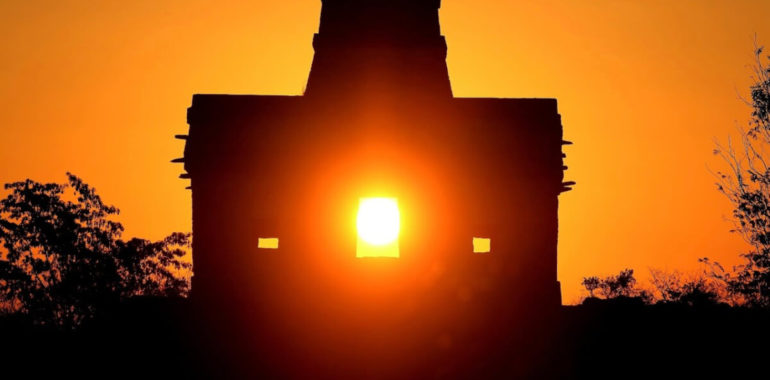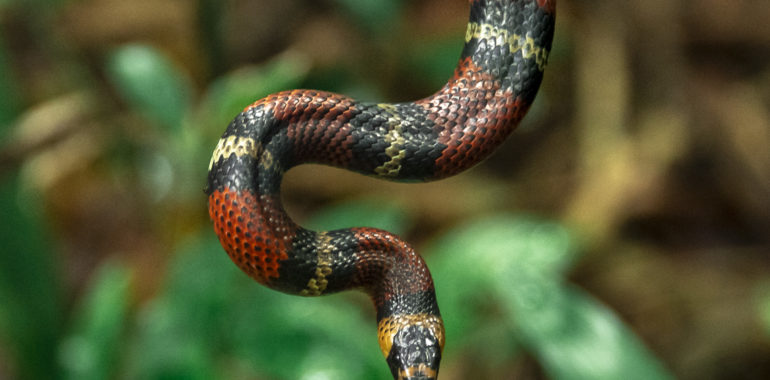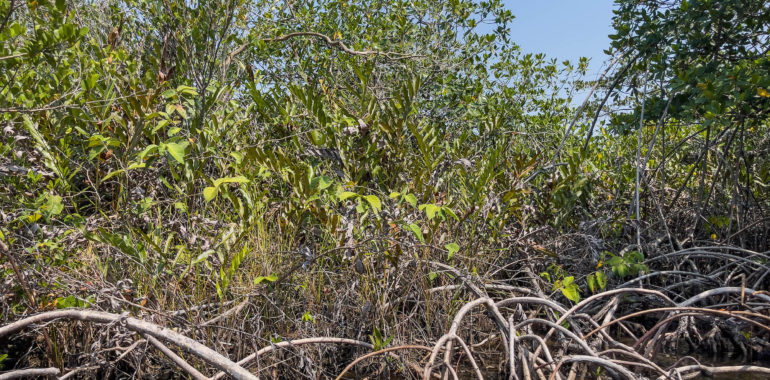During March, precisely on the 20th, one of the most important astronomical events for the Mesoamerican Region, the Spring Equinox, takes place. It’s considered the first annual mark of Earth’s movement around the Sun, depending on what part of the planet it’s been observed, it may change its meaning, but in general, it represents the…
News & Blog
Guatemala’s wildlife is like no other and we should take care of it.
Wildlife in Guatemala is unique, as in few places in the world. To better understand this, it is worth understanding the natural history of this country: Phallus indusiatus at Paso Caballos, PNLT. Photo by: Boris Llamas. August 2021. Guatemala is located in between two broad continental masses that support almost every kind of ecosystem…
The Study of Wetlands
Wetlands are understood as “extensions of marshes, swamps, peat bogs or surfaces covered by water, whether natural or artificial, permanent or temporary, stagnant or currents of fresh, brackish or salt water, including extensions of marine water whose depth at low tide it does not exceed 6 meters” – Ramsar. Every February 2, World Wetlands Day…
International Bird Day
Birds are one of the most widely distributed biological groups, with species present on all continents where they can live, reproduce and feed in different ecosystems. It is estimated that there are currently 11,362 bird species on the entire planet! That is almost a quarter of all animals in the whole world. These amazing creatures…
The dilemma of the spring in Guatemala, is it really eternal? Part 2
The fall equinox has roughly started (on September 22nd), but instead of turning brown and losing their leaves, many plants start to bloom and create impressive sceneries throughout Guatemala. Yet, many species had already bloomed starting from March. Why are there again so many flowers? Combretum sp. road from Jalapa to Chiquimula, Dec. 2021. Photography…
Guatemalan Squirrels
Squirrels are a group of arboreal rodents belonging to the suborder Sciuromorpha, where groundhogs and prairie dogs are also found (Wilson & Reeder, 2005). They belong to a group of Eurasian origin (Laurasiatheria) that through different dispersal events have been able to colonize all continents, except Antarctica and Oceania (Mercer & Roth, 2003). Squirrels can…
Tomb of the Jade Jaguar, Tikal
Tonight the presentation will mention the jaguar hide and feather headdress found in Tikal Burial 196, so includes ethnozoology (obviously the feathers were just dust imprint but segments of leather of the jaguar were still preserved, and the claws). For botany mentions cacao or other beans found inside one of the ceramic vases. Plus the…
Snakes from the lowlands of northern Guatemala
Snakes are a group of reptiles belonging to the order Squamata, including lizards. Guatemala has more than 273 species of reptiles. Of which 133 species are snakes. The lowlands of northern Guatemala is the area with the most species with around 73 species, being more than half of the species present in the country. In…
Importance of Mangroves
Mangroves are a type of forest located in coastal areas of tropical and subtropical regions. Their characteristics allow them to be highly productive. They provide ecosystem services such as: Refuge and habitat of wild flora and fauna (rich biodiversity) Food source and supply of nutrients to other species (fish, crustaceans, birds, reptiles, etc.) Carbon capture…
The Wonders of Cetaceans
Cetaceans are divided into two groups: Mysticeti (Mysticeti), which have baleen to filter their food, like the humpback whale and the blue whale; and the Odontocetes (Odontoceti), known as the toothed cetaceans, among them are the dolphins, killer whales and sperm whales. Characteristics and adaptations of cetaceans Cetaceans evolved fifty million years ago from…

